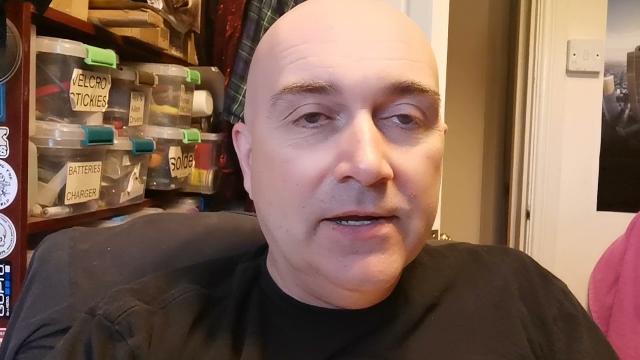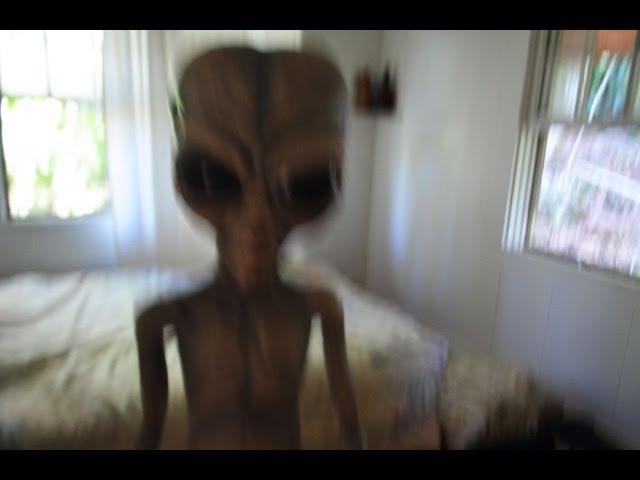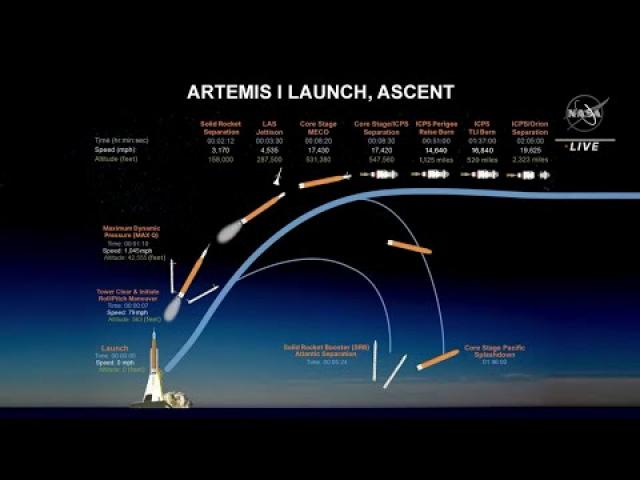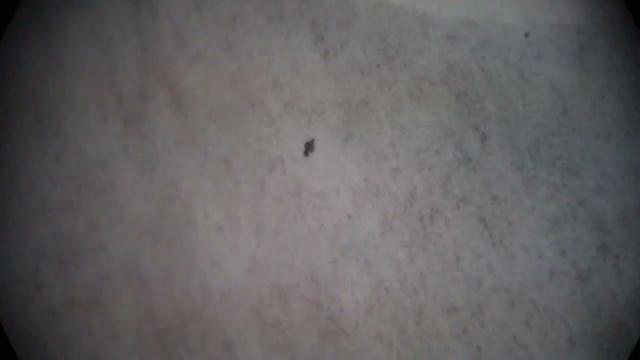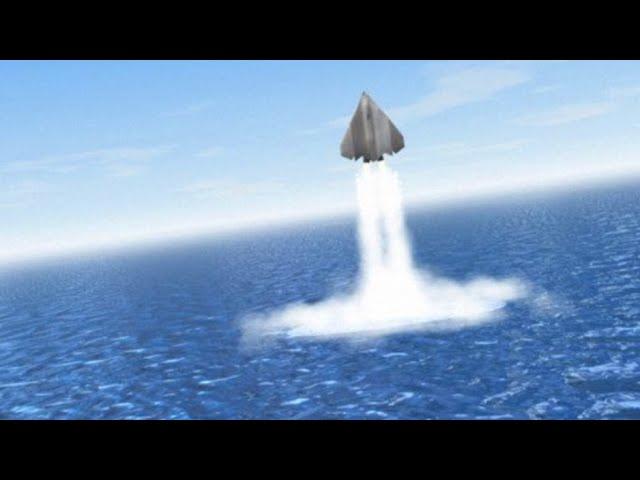SUCCESS!! LK99 Lab Update - Our Process Explained in Detail
Description
Many already saw this video posted to YT and Twitter this morning showing our sample of LK-99 apparently exhibiting diamagnetism - as with the Chinese replication, iron filings aligned similarly but jumped to the magnet when it was placed on top of the wax paper instead of beneath - this grain didn't do that. It's still possible it was a magnetic impurity that somehow got in. There were a few other grains that had similar behavior - I decided to put them back in the oven to hopefully nucleate more crystal growth.
Some notes so far:
Our initial test was in a graphite crucible coated with boron nitride to try and prevent reduction of the lead, with enough copper phosphide to get 10% of the molar quantity of lead. We followed all other instructions exactly but the ratio of copper phosphide to lanarkite was inconsistent through the various papers. This test apparently did not have enough phosphorous, because much of the crushed ingot was not the grayish ceramic described, but a greenish yellow mixed sulfate salt mostly. Also the boron nitride peeled off and some lead was apparently reduced to metallic form when inspecting under the microscope.
From this we realized that there had to be a lot of excess copper so that the amount of phosphate created was near stoichiometric with the lead to form oxypyromorphite with copper as an impurity, assuming that not all the excess copper goes into it. Still having some lead sulfate as a growth flux seems to help, which is corroborated by the papers. I suspect pyromorphite with Cl or F will not have superconducting phases because the additional oxygen probably plays a role in the spin-orbit coupling.
After the first attempt we didn't want to spend the day waiting for Lanarkite to cook though, so instead of making lanarkite first, we mixed stoichiometric amounts of lead oxide and lead sulfate directly with the copper phosphide - the copper phosphide releases its phosphorous kind of quickly so in future runs there may be benefits to making the lanarkite first, so that it is already crystallized and ready for immediate reduction by phosphorous. I imagine it would improve the yeild, but for basic crystal growth this new way proved fine - the video shown is from this second run. Also the first run looked actually melted - not just sintered or undergoing solid state diffusion. It dripped into one corner of the crucible when the crucible was tilted at an angle in the oven. So if the mix is molten anyways, I figured the crystallization of the Lanarkite probably didn't matter much to the final oxypyromorphite crystallization. In this successful run we added substantially more copper phosphide as well - a little over 1:4 by weight and we ran the experiment in a blowtorched silicon carbide crucible, hoping that the blowtorching would coat the silicon carbide with silica and prevent reaction with the contents - this seems to have more or less worked, and we found multiple small crystals of Lanarkite which were deflected by a magnet, but not attracted to it.
We are currently re-firing that sample because we ran it for barely 5 hours to try and complete that run for the APEC stream tonight: according to the paper they generally ran for about 10 hours. We are also firing a new sample with almost a 1:2 ratio of Cu3P to "lanarkite" (just mixed lead oxide and lead sulfate stoichiometrically) in our new alumina crucibles with hopes that it will not react at all with the sample, since it seems some normal pyromorphite or some sort of green glass formed at the interface with the silicon carbide.
We plan to try various elements instead of or in addition to copper, like nickel, cadmium, silver, etc - some of which were not mentioned in the patent. We are aware of solvents which should be able to grow these crystals near room temperature like rock candy, and will try that as well.
Cheers,
Michael Perrone
Sanrel LLC


